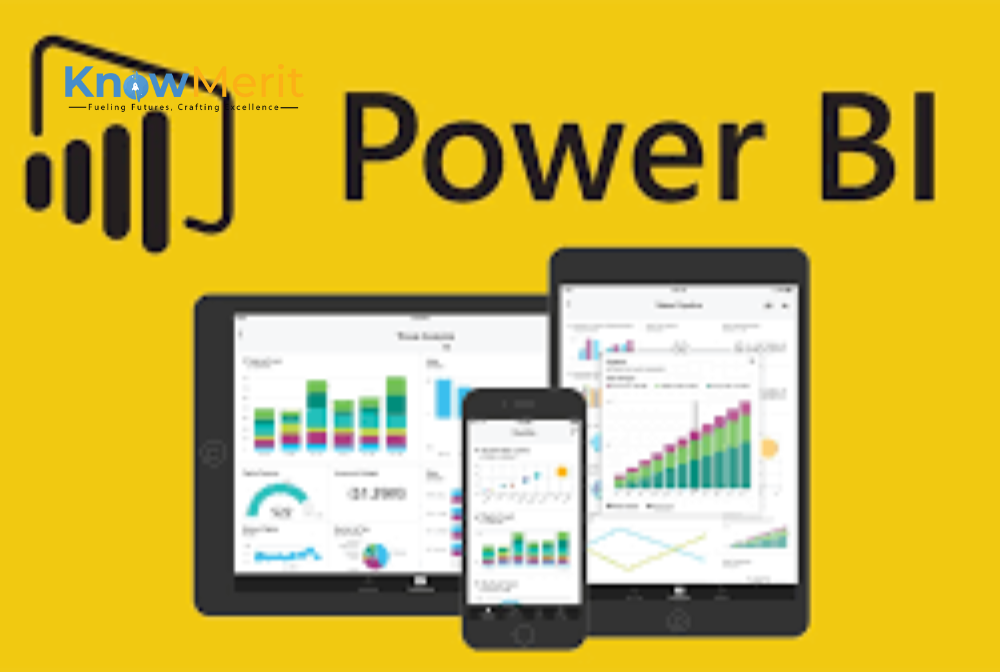In today's data-driven world, information is power. But harnessing that power effectively requires a robust foundation: data architecture. Just like a building needs a blueprint, your organization's data needs a well-defined architecture to ensure its accessibility, reliability, and security. Let's delve into the world of data architecture, exploring its core principles, frameworks, and how you can become a part of this critical field.
What is Data Architecture?
Data architecture is the blueprint for your organization's data ecosystem. It encompasses the principles, policies, technologies, and tools governing how data is collected, stored, managed, and used. It dictates the flow of data throughout your organization, from its initial capture to its ultimate utilization for making informed decisions.
Data Architecture Principles: Building the Right Foundation
Strong data architecture rests on several key principles:
- Accessibility: Data should be readily available to authorized users who need it, regardless of their location or department.
- Security: Data needs robust protection against unauthorized access, breaches, and misuse.
- Scalability: Your architecture should adapt to accommodate future growth and evolving data needs.
- Integration: Seamless integration between various data sources ensures a holistic view of your information.
- Governance: Clear guidelines and ownership definitions ensure proper data management and compliance.
Data Architecture Framework: Choosing the Right Path
Different frameworks provide blueprints for organizing your data architecture. Some popular options include:
- Enterprise Architecture: Aligns data architecture with overall business goals.
- Data Vault: Enables flexible data warehousing and historical analysis.
- Lambda Architecture: Combines real-time and batch processing for high-performance analytics.
The best framework depends on your specific needs and goals.
Data Architecture Diagram Tools: Visualizing the Flow
Diagrams are crucial for visualizing your data architecture and communicating it effectively. Popular tools include:
- Microsoft Visio: A versatile tool for creating professional-looking diagrams.
- Lucidchart: A cloud-based tool with easy collaboration features.
- MySQL Workbench: Visualizes database structures and relationships.
Choosing the right tool depends on your budget, complexity, and collaboration needs.
What is a Data Architect?
The architect behind your data infrastructure is the data architect. These IT professionals design, implement, and maintain your data architecture, ensuring its alignment with business needs and technical feasibility.
What Does a Data Architect Do?
Data architects wear many hats, including:
- Analyzing business requirements and translating them into technical solutions.
- Designing and implementing data models, databases, and data warehouses.
- Selecting and integrating appropriate data management tools and technologies.
- Ensuring data security, governance, and compliance with regulations.
- Collaborating with various stakeholders across the organization.
How to Become a Data Architect?
If you're interested in a career shaping the future of data, consider becoming a data architect. Here's your roadmap:
- Earn a bachelor's degree in computer science, information technology, or a related field.
- Gain experience in data analysis, database management, and data warehousing.
- Seek relevant certifications like the Certified Data Architect (CDA) or the Data Management Institute (DMI) Professional Data Architect.
- Build your portfolio through personal projects or volunteer work.
- Network with other data professionals and join relevant communities.
With dedication and continuous learning, you can become a sought-after data architect who helps organizations unlock the true potential of their data.
Remember, data architecture is an ever-evolving field. Staying updated on trends, technologies, and best practices is crucial for success. As your organization thrives in the data-driven era, a well-designed data architecture becomes not just a foundation, but a key driver of growth and innovation.
Data Architecture FAQs: Your Handy Guide
1. What are the benefits of having a good data architecture?
- Improved data accessibility and usability
- Enhanced data security and compliance
- Scalability to accommodate future growth
- Streamlined data integration and analysis
- Better decision-making based on reliable data
2. What types of organizations need a data architecture?
Any organization that collects, stores, or uses data can benefit from a data architecture. This includes businesses of all sizes, government agencies, non-profit organizations, and academic institutions.
3. What are the different components of a data architecture?
- Data models: Define the structure and relationships between data elements.
- Databases: Store and manage organized data collections.
- Data warehouses: Consolidate historical data for analysis.
- Data governance policies: Establish rules for data management and usage.
- Data integration tools: Connect data from various sources.
- Data security measures: Protect data from unauthorized access and breaches.
4. What tools are used to design and manage data architecture?
- Data modeling tools: ER diagramming software like MySQL Workbench.
- Data visualization tools: diagramming tools like Microsoft Visio or Lucidchart.
- Data management platforms: comprehensive tools for data governance and integration.
5. What skills and qualifications do I need to become a data architect?
- Strong technical skills in databases, data warehousing, and data analysis.
- Understanding of data governance and security best practices.
- Excellent communication and collaboration skills.
- Problem-solving and analytical thinking abilities.
- Relevant certifications like CDA or DMI Professional Data Architect can be beneficial.





